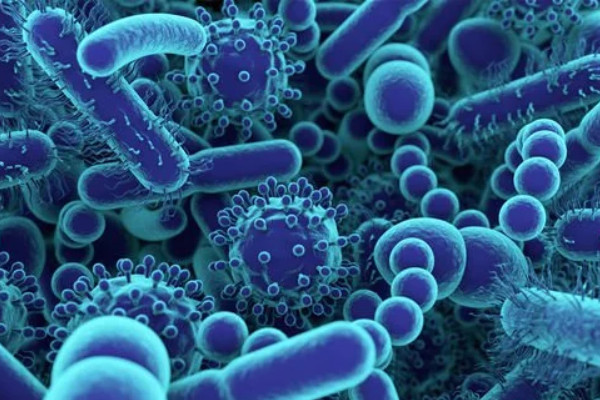||| FROM STATE DEPARTMENT OF HEALTH |||
OLYMPIA – [Yesterday] the Washington State Department of Health (DOH) released the latest statewide situation report on COVID-19.
Report findings include:
- Case counts rebounded after Christmas and appear to be increasing steeply in the most recent data, which is still incomplete. The flat and declining case count trends seen in mid-to-late December may be due to fewer people seeking care or getting tested over the holidays, rather than an actual decrease in COVID-19 activity. Hospitalization trends show a similar decline through Dec. 30 followed by a rebound in early January.
- COVID-19 transmission continues to plateau at a level above 1.0, meaning the number of people becoming infected is increasing. The best estimate of the reproductive number (how many new people each COVID-19 patient will infect) on Dec. 24 was 1.09 in western Washington and 1.13 in eastern Washington. The goal is maintaining a reproductive number well below one—meaning COVID-19 transmission is declining—for a substantial amount of time.
- Case rates remain high, with 31 of 39 counties at rates above 200 new cases per 100,000 people over the past two weeks. Eleven counties had rates above 500 new cases per 100,000 people.
- Many counties experienced declining case counts through late December with post-Christmas rebounds. This pattern was seen in Benton, Chelan, Clark, Cowlitz, Douglas, King, Kittitas, Kitsap, Lewis, Pierce, Snohomish, Spokane, Thurston, Whatcom and Yakima counties. Some of these rebounds appear to be approaching or exceeding peak November levels in recent, incomplete data. Whatcom County’s rebound is particularly steep, with the potential for case counts far higher than the November peak. Other counties saw case counts flatten after Christmas, including Grant, Grays Harbor, Mason, Okanogan, Walla Walla and Whitman counties.
- Hospital admissions and bed occupancy have remained high in late December and early January, with relatively flat trends. Daily hospital admissions of patients with confirmed COVID-19 have plateaued statewide since late November, with some fluctuation. In western Washington, the number of intensive care unit hospital beds occupied by COVID-19 patients decreased in early December, then flattened after. In eastern Washington, that number increased slowly until mid-December, then plateaued.
- The estimated overall percentage of Washington state residents with active COVID-19 infection remains close to peak estimates for late March 2020. The best model-based prevalence estimate as of Dec. 24 was 0.37%. While there was a drop in the prevalence estimate in December, the decrease may be related to changes in people’s decisions to seek testing and health care around the holidays.
“We are continuing to see flat trends at a high level of disease activity, with signs of a concerning uptick in the most recent data,” said Dr. Scott Lindquist, the state epidemiologist for communicable diseases. “If we want to maintain the progress we made in the fall and move forward with reopening, we must redouble our efforts to control the virus by avoiding gatherings with people who don’t live with us, wearing masks, watching our distance and washing our hands.”
DOH partners with the Institute for Disease Modeling, Fred Hutchinson Cancer Research Center, University of Washington and the Microsoft AI for Health program to develop these reports every other week. More COVID-19 data can be found on the DOH data dashboard and in the state’s risk assessment dashboard.
The DOH website is your source for a healthy dose of information.
**If you are reading theOrcasonian for free, thank your fellow islanders. If you would like to support theOrcasonian CLICK HERE to set your modestly-priced, voluntary subscription. Otherwise, no worries; we’re happy to share with you.**








San Juan County is still the safest place in the state, by a wide margin. Skagit and Whatcom County are not so safe — in the middle of the pack. Those who have to go to the mainland should be careful and isolate themselves upon return.